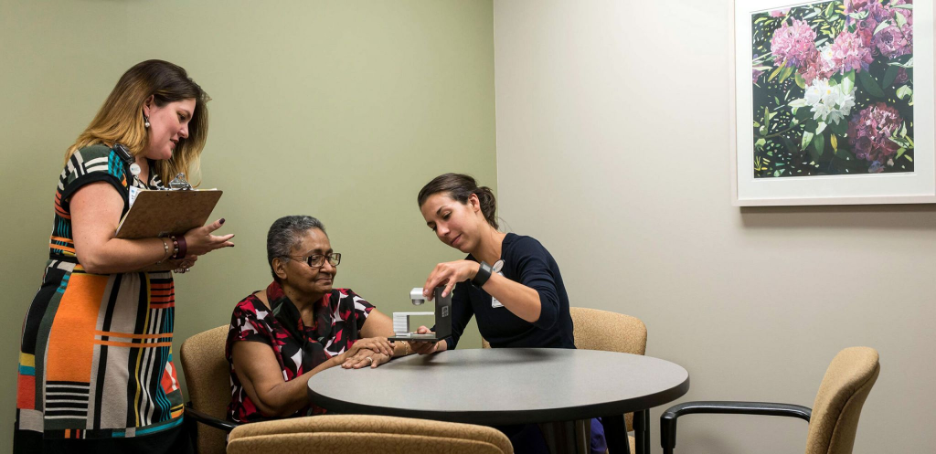Sarah Cantillon, the Director of the Equality Studies Graduate Program at University College Dublin School of Social Justice, spoke at the distinguished lecture series on incoming pooling last Thursday. Cantillon’s lecture was titled “Income Pooling, Decision Making and Living Standards.”
Cantillon’s aim was to discuss living standards in households, and as a result, attempt to make a difference in these living standards.
Drawing on data collected from the 2010 Irish Survey on Income and Living Conditions (SILC) module, Cantillon described in depth the living standards in households across Ireland.
Typically, in order to assess living standards, the term household is used to describe a family. Each given household (or family) is assumed to have a classified standard of living. Either all members will be counted as poor or all will be counted as non-poor. This technique, however, assumes that all members of a household are equally poor or equally non-poor, which may not necessarily be the case, according to Cantillon.
“This obscures the reality of all members of a household,” Cantillon said. “It also underestimates the poverty in some households.”
Several approaches are used to describe a household as a unit of analysis, explained Cantillon. For example, the Pahl’s Taxonomy Household Allocative System describes a household in which a whole wage system is used. This means that one adult is responsible for routine purchases. In this case, it is the wife’s responsibility.
In a reverse example, as with the Housekeeping Allowance System, the main income earner has control of all routine purchases. The main earner is usually the husband.
The most common approach is the Independent Management System where both spouses equally contribute to routine purchases from both of their incomes, and together form a joint kitty.
Cantillon discussed the indicators of non-monetary deprivation. The indicators “focused on exclusion from non-living standards.” The goal of this was to ask people what amenities they could not afford.
Some of the topics of questions included not having the ability to “buy a warm waterproof coat, two pairs of strong shoes, going without heat last year, keeping the house adequately warm, buying presents for family and friends once a year, or have a morning, afternoon, or evening out in the last fortnight.”
“If you score two or more questions, your household is considered deprived,” Cantillon said. “While not all of these are necessary, they are all integral to social interaction.”
A survey conducted in 2012 on Income and Living Conditions (EU-SILC) was a special module on intra-household sharing of resources. It took a record of both household and individual data including income, tax information, risk of deprivation, as well as others.
There is a widely believed assumption that all income in a household is pooled together. This is only true for 52 percent of adults. Around 40 percent contribute only half of their income.
“On average females contribute about 30 percent of their personal income,” Cantillon said, “But they contributes more as their income increases. Men contribute about 70 percent of the income. In households with children, both adults contribute more money from their personal incomes.”
Cantillon then talked about household decision making. Borrowing, saving and furniture shopping were the top three responsibilities couples said they shared. Cantillon said, “64 percent of couples have agreed that they have shared responsibility in the household.”
In poorer households, however, Cantillon said mothers have more decision making responsibility than men.
Non-monetary living standards that had deprivation indicators were discussed in depth. The highest, at 14.4 percent of people surveyed, said that they couldn’t afford social activities, such as going out to dinner or for drinks. The lowest, at 1.3 percent of people surveyed would like, but could not afford, a mobile phone.
Cantillon concluded his lecture by noting that in 72 percent of couples, neither one are deprived, in 16 percent of couples, both are deprived, in 7 percent, solely woman were deprived, and in 6 percent solely men were deprived.
Katherine Gilligan can be reached at [email protected].


















